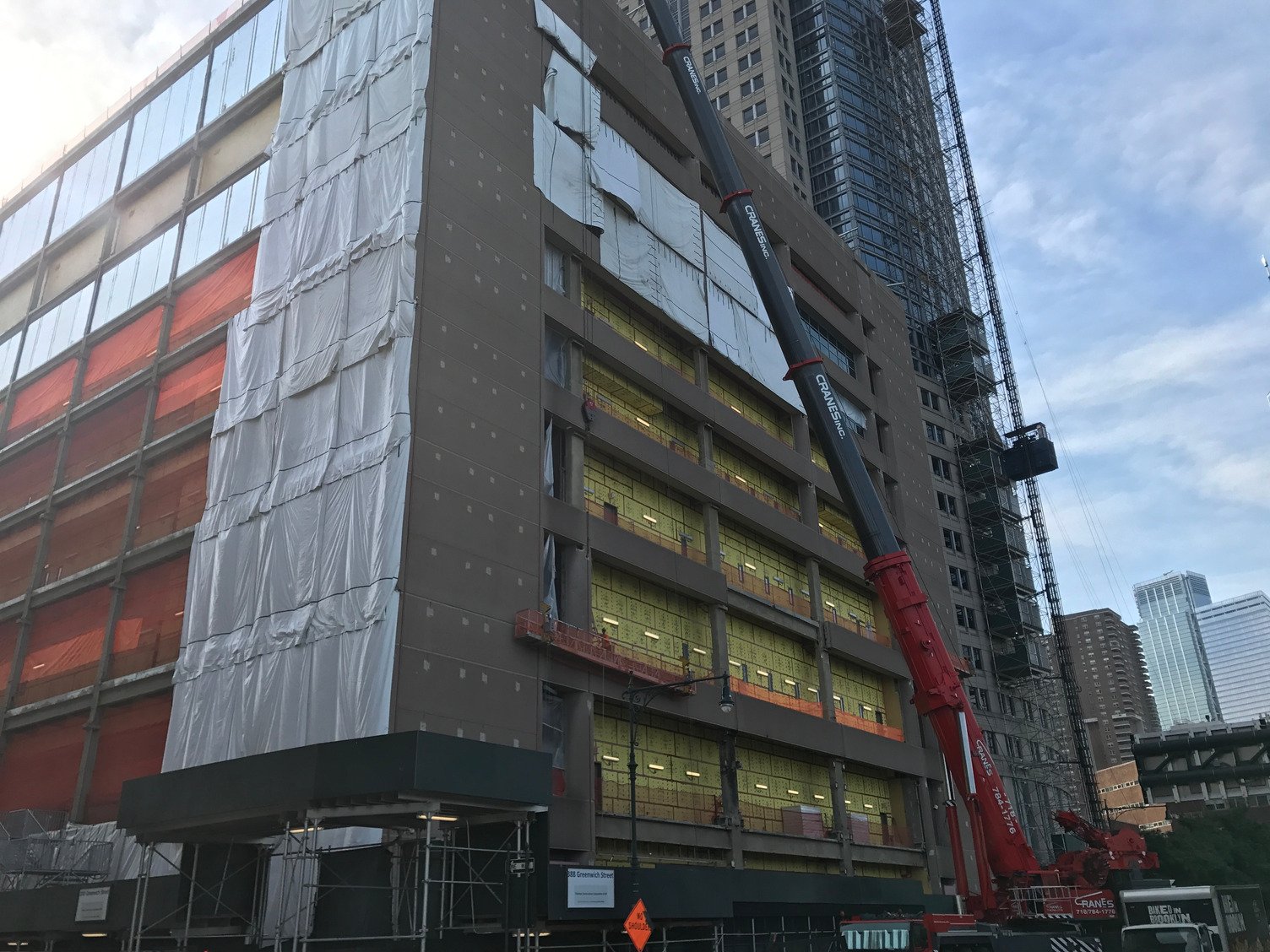The Power of Prefab: Controlling Project Quality and Cost

Prefab is poised to redefine the way we build – moving major construction tasks off the jobsite and onto the factory floor. And the switch to offsite building could signal major improvements in quality control, speed and safety that translate to substantial overall savings on projects, according to compelling new research by McKinsey & Company.[1] Prefabrication can speed construction by as much as 50% and can cut construction costs by 20%. Project owners may also be able to reduce materials costs by 5% to 10%.
Manufacturing offsite is much faster, safer and more efficient than onsite building because processes take place in an enclosed and controlled factory environment. This makes it possible to coordinate and repeat activities, and to make the entire process more automated.
Faster speed
Shorter project schedules are a significant advantage of prefab construction. By constructing buildings in 2D and 3D panels, major structural components can be produced offsite in the confines of a factory and delivered to the jobsite, where builders piece everything together. Typically, one team of five workers can assemble up to six 3D modules, or 2,906 square feet (270 square meters) of finished floor area, per day, according to the McKinsey report. This is significantly faster and cheaper than traditional construction.
Manufacturing can also take place while foundation work is under way, unlike in a traditional project in which each process would have to take place separately. Developers that sell or rent out units in blocks stand to benefit from shorter project schedules. Developers can begin collecting revenue sooner, setting the stage for a higher return on investment, improved cash flow and reduced market cycle risks.
Better quality control
The factory environment allows for much easier and greater quality control than a construction site does, and that can significantly reduce the need for correcting and redoing work on the project. Reducing or eliminating this costly rework significantly improves construction schedules, potentially by up to several months.
Builders can further improve the prefab construction process through integral sheathing, which provides additional speed and quality control. Combining sheathing and WRB into a single product eliminates the production steps of applying primers, or waiting for the membrane to cure. This gives time back to the panel manufacturers, essentially adding capacity to their operations without having to invest in more space or equipment. With integral sheathing WRB-AB that offers a uniform size and thickness, quality control is much easier since there are no concerns about tears, wrinkles, fish-mouths, or insufficient mil thickness.
Planning ahead for offsite
By considering offsite construction during the project conceptualization phase, project teams may be able to make the most of the efficiencies of offsite construction. Here are some key considerations:
- Project goals: Offsite could help with factors such as job cost parameters or greater management control.
- Repeatable elements: Projects with repeatable elements such as flooring and exterior wall, roofing and HVAC assemblies may benefit more from offsite construction.
- Project delivery parameters: Offsite could provide condensed project timeframes.
- Complexity of building site: A jobsite’s space limitations or proximity to other buildings and busy streets could make offsite construction a more viable option.
- Availability of skilled labor: A shortage of onsite workers could affect project schedules and costs.
- Procurement management: Project teams can determine what products they will need and where offsite assemblies might fit in.
- Site delivery feasibility: A jobsite’s parameters can further dictate the feasibility of offsite construction.
Transitioning from traditional building methods to prefabricated construction will call for some major adjustments. But industry members who are ready to embrace the disruption stand to reap the rewards and come out ahead.
[1] “Modular construction: From projects to products,” McKinsey & Company, June 2019
https://www.mckinsey.com/capabilities/operations/out-insights/modular-construction-from-projects-to-products
This article is intended solely as general information. Ultimately, the design and detailing of any project, assembly or system is the responsibility of a professional, and all projects must comply with applicable building codes and standards. For information concerning the limited warranty for the DensElement® Barrier System page. GP Gypsum disclaims any responsibility or liability for the architecture, design, engineering or workmanship of any project, assembly or system.